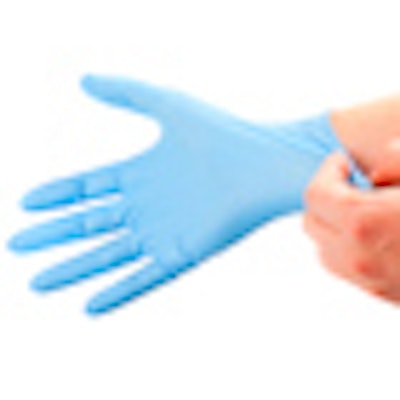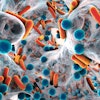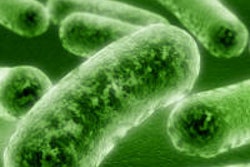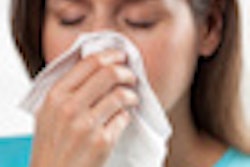
Dental professionals in California, take note: New infection-control regulations took effect August 20, and without making some significant changes in certain aspects of your everyday routine, you could be in violation of the state's minimum standards for infection control.
The guidelines are a product of the Dental Board of California and the Dental Hygiene Committee of California, as mandated by California law. The revised guidelines are the result of a year-long collaboration between these two agencies of the California Department of Consumer Affairs.
The regulations have not been updated since 2005, according to Leslie Canham, CDA, RDA, an infection-control compliance expert in California.
The Dental Board of California does not contact dental licensees to inform them of the new regulations, Canham noted; instead, dentists are expected to check the dental board website to stay informed of any changes. In addition, a copy of the regulations must be conspicuously posted in each dental office, and a written protocol outlining proper instrument processing, operatory cleanliness, and injury management must be made available to all workers.
The California Dental Association (CDA) has informed members about the revised infection control regulations through CDA’s monthly news magazine, online resources, email, and local dental society newsletters, according to an association spokesperson.
Utility gloves, more sterilization
The board made several changes and additions to the regulations, Canham said, some more significant than others. For example, utility gloves that are chemical- and puncture-resistant must now be worn by anyone working with germicides or hazardous chemicals and when processing contaminated instruments.
“Other states would do well to know what we are doing in California to protect ourselves and our patients.”
— Leslie Canham, CDA, RDA
"Many people don't like to wear the heavy-duty utility gloves because they are bulky and don't fit well, but anyone cleaning a treatment room has to wear them now," she said.
In addition, instrument pouches, packages, and wraps must be labeled with the date of sterilization and sterilizer used (if an office has more than one sterilizer).
"Some offices already do this, but the majority don't," Canham said.
Other changes in the regulations include the following:
- Instruments, items, and devices processed by high-level disinfection (cold sterile) must be packaged or wrapped and dated upon completion of the disinfection process.
- Hand washing with soap and water must be performed at the start and end of each workday. Alcohol-based hand rubs may still be used in between glove changes as long as hands are not visibly soiled or contaminated.
- Protective eyewear and face shields must be cleaned and disinfected after each patient treatment.
The board also changed some language in the regulations to help clarify who the rules apply to. "Dental workers" is now "Dental Healthcare Personnel," which broadens the scope of who might be exposed to infectious materials while working in a dental office, Canham noted.
"This is a better definition because it applies not only to a dentist's employees, but contracted workers as well," she said.
The infection-control regulations complement the Occupational Safety and Health Administration (OSHA) bloodborne pathogens standards, Canham added.
"Other states would do well to know what we are doing in California to protect ourselves and our patients," she said. "Some states still defer to the U.S. Centers for Disease Control and Prevention guidelines, which are almost 9 years old."



















